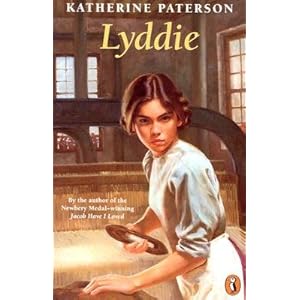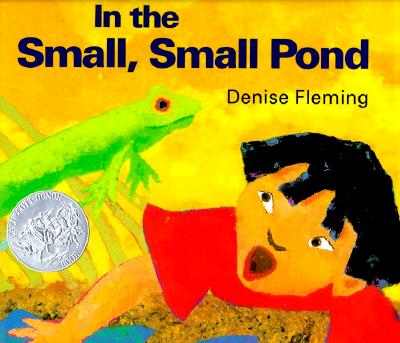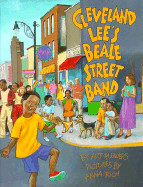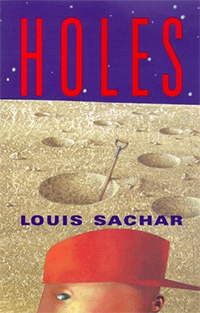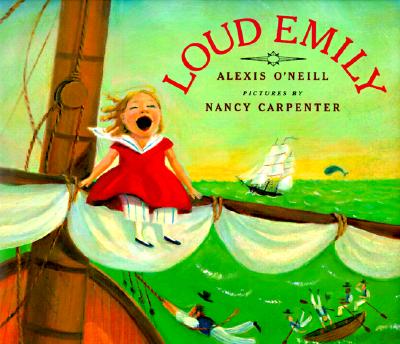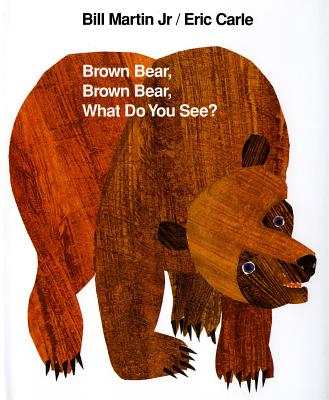Bee-bim Bop by Linda Sue Park
Summary: Bee-bim Bop translates to mix-mix rice which is a traditional Korean dish of rice topped, and then mixed, with meat and vegetables. A young girl helps her mother grocery shop, prepare the Korean dish, help set the table, and sit down with her family to enjoy her favorite meal.
Genre: Multicultural (Korean traditions)
Grade Level: K-3
Theme/Skill: Children enjoy helping their mothers cook and help around the house. A child gains pride when they are helping their mother and are pleased when others get to enjoy what they worked so hard at preparing or making something.
Pre-reading activities: Has anyone helped their mother grocery shop? Do you cut out coupons? I would have the students cut coupons out of the Penny Saver so they got a true understanding of the steps used to save money when grocery shopping. What is your favorite thing to cook/bake? Has anyone tried food of another culture? Such as, Chinese, Asian, Thai, or Korean foods?
Post-reading activities: Connect to prior knowledge/experiences. Discuss with the class that American food isn't the only type of food. All different countries have their own special types of foods they enjoy, everyong doesn't have the same recipes and customs. Write down 3 things that you would get if you would go to the grocery store with your mom, that you would be interested in cooking.
Assessment: Draw out 3 stages: First, the food that you would put into your grocery cart. Second, show how you would help your mom, father, or grandparent(s) prepare the food in the kitchen. Last, how would you help set the table? Ask your parents/guardians their favorite meal to prepare, and find out if it was something that their parents also enjoyed. Be prepared to share! ;)
Reflection: This is a great way to introduce life skills. General education and Special Education students would benefit from this piece of literature. Show how to set up a table and shop for groceries. Role play in the classroom before sending students to work independently. It is very important to role-play and model expectations of the task.
